If Sony is Hollywood, then Microsoft is Netflix
Console Wars now turn into Content Wars, so how will gamers choose a winner?

The media have always loved confrontation and the gaming industry has offered that for nearly four decades: first it was Sega vs Nintendo, then it was consoles vs computers, then it was Nintendo vs Sony, then Sony vs Microsoft to name but a few such rivalries. Even a global pandemic did not keep the most recent such clash from taking place: the latest PlayStation and Xbox models launched in November promising bigger, better, more of the same and the media is riding this latest confrontation like it always did.
This clash between Sony and Microsoft might seem similar to past ones at first glance: the company that sells more systems will get to sell more games and services and accessories to more people, making more money. Right?
Wrong. For all intents and purposes, this is a different battle — and while money remains, well, important, combatants are now forced to play the long game (pun intended). After years of baby steps and small changes leading up to this point, the old Console Wars of the gaming market have finally morphed into the modern Content Wars. These, unlike wars past, do not restart every six or seven years. They’ll be fought on multiple fronts every year and it may be a long, very long time before a winner is declared. If… ever?
It’s not about the hardware — and it never was
In a sense the Content Wars go way back: we all buy home entertainment systems like a PlayStation or an Xbox in order to play games on them, so content has been a deciding factor for many, many years now. Fanboyism aside, consumers buy the consoles that offer most of the games they want to play: hardware specifications matter, yes — they define what’s doable in game design and what isn’t — but the entertainment experience as a whole matters more. Sony and Microsoft, while competing since the early 2000s, have made similar as well as different choices with their respective platforms along the way but content has always been important for both. This is still true.

What’s different this time around is the way games are offered, the way they are delivered and the way they engage consumers.
Let’s get the obvious stuff out of the way. Delivery: the days of “packaged games” (sold in the same way music albums of DVD movies used to) are coming to an end. Depending on who you ask it might be 3 or 4 or 5 years out, but video games delivered via the Internet will eventually become the norm and the only physical versions of said games will be collectors’ editions. This Sony and Microsoft have strategically pushed for with their digital storefronts for over 13 years. It’s not necessarily good for all involved, but it’s happening.
Then it’s the way games are supposed to be engaging consumers. The “buy a copy of the game and that’s it” approach died with the PS3/Xbox 360: since the days of PS4/Xbox One games are expected to deliver extra downloadable content — free or paid — and/or multiplayer options and/or creative and community functions. This is now a given for PS5/XSS/XSX titles. These systems also encourage streaming of live gameplay video and social media screens or clips posting — something a PS5/XSS/XSX does even better.
The general idea is to keep players engaged in various ways for as long as humanly possible. “Games as a service” and “Games with a long tail” are not novel terms anymore: they are literal templates for most modern AAA productions today.

But it’s the way games are offered that’s changing most radically — and it’s no coincidence that the other major form of entertainment today, movies, is changing in a similar way.
Different backgrounds, different paths
Sony and Microsoft come from different backgrounds: one is a consumer electronics manufacturer with ties to movies and music and TV shows (trying to incorporate services into the mix), the other is a software company that’s turning into a services one (trying to incorporate content into the mix). So what they are trying to accomplish short-term and mid-term with their strategies is not the same thing, even if the end game remains the same.
Sony is the gaming equivalent of Hollywood right now. The Japanese are all about cinematic, AAA, blockbuster productions that cost insane amounts of money to make but aim for tens of millions in sales and aspire to be “cultural moments” in the mainstream entertainment space. These go for the video game Oscars and continue to be purchased long after their launch windows have passed, as “must-haves” for anyone’s game library (just like blockbuster movies that generate revenue long after their theatre release).
Not Sony nor anyone else can release more than three such productions per year — just like any Hollywood studio can only hope for 2–3 megahits per season, tops. There may be a few more games released by Sony in the same season (just like movie studios release a few more films) but only those 2–3 titles work as system sellers.
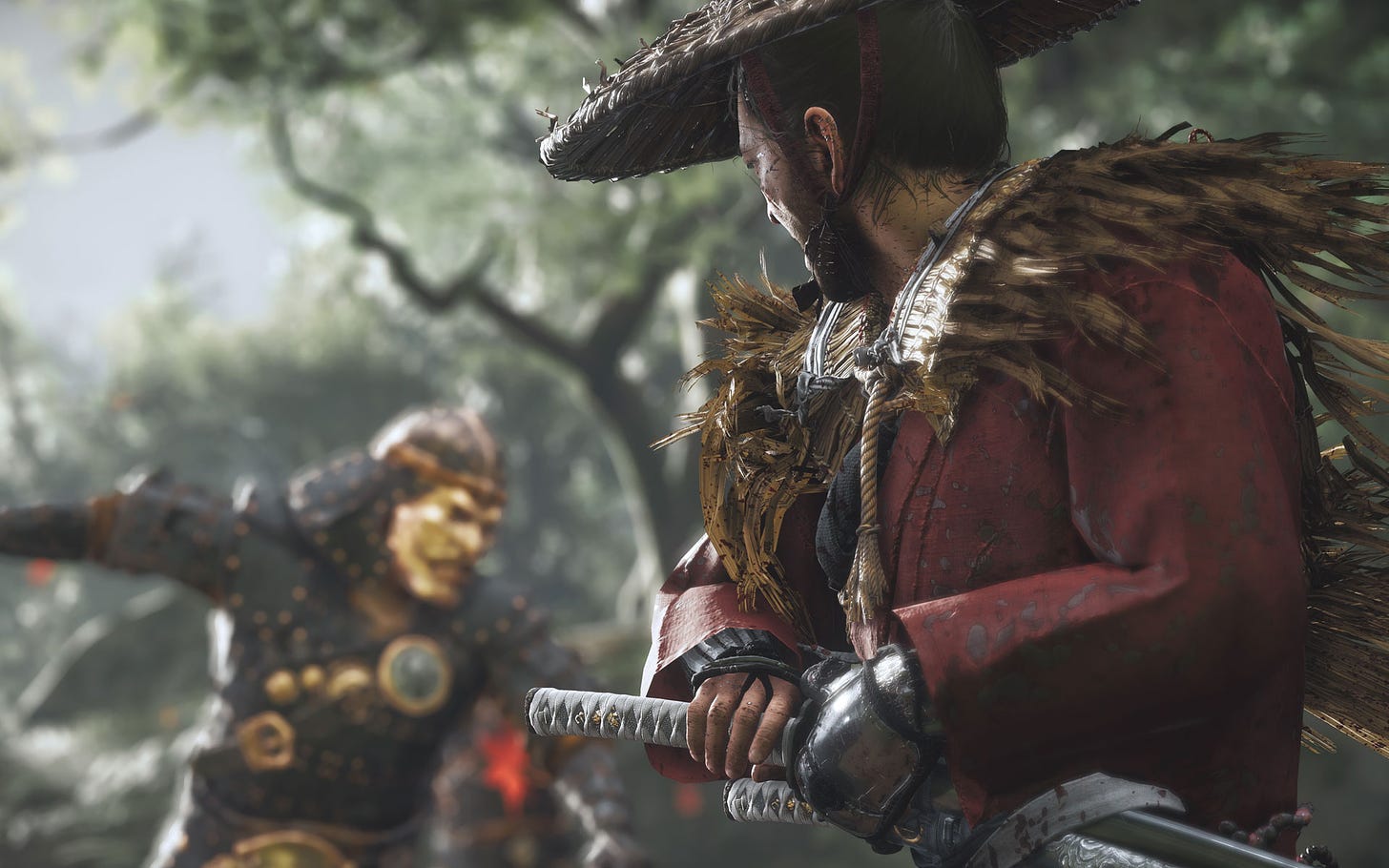
Needless to say that these precious AAA productions can only be offered by Sony as single, big-time releases, equivalent to movie theatrical releases — at a steep $79.99/€79.99 no less since that’s the cost of most PS5/Xbox Series games that we’re looking at now.
Microsoft, on the other hand, is the gaming equivalent of Netflix. The Americans are all about quantity and ever-present choice. The Xbox Game Pass subscription service offers unlimited access to around 200 games for a temptingly low monthly fee: $9.99/€9.99 or $14.99/€12.99 if one’s interested in the same library for PC (plus a few other perks). Just like Netflix, quality is all over the place: there are quite a few excellent games (mainly made by Microsoft Game Studios), some fresh releases (but mostly catalog titles), a number of hidden gems (mainly indie productions or older backward-compatible classics), but also many, many games that few people would actually buy had they been not offered for free as part of a subscription.
The Xbox Game Pass situation is very much like the Netflix one in other respects, too. The value for money offered is obviously extremely high (but consumers don’t actually own any of these games and lose access to them if their subscription becomes inactive), the “always something available to play” argument is valid (but it does depend on the types of games each consumer prefers) and, despite titles rotating in and out of the service’s library, the overall number of games available is constantly growing.
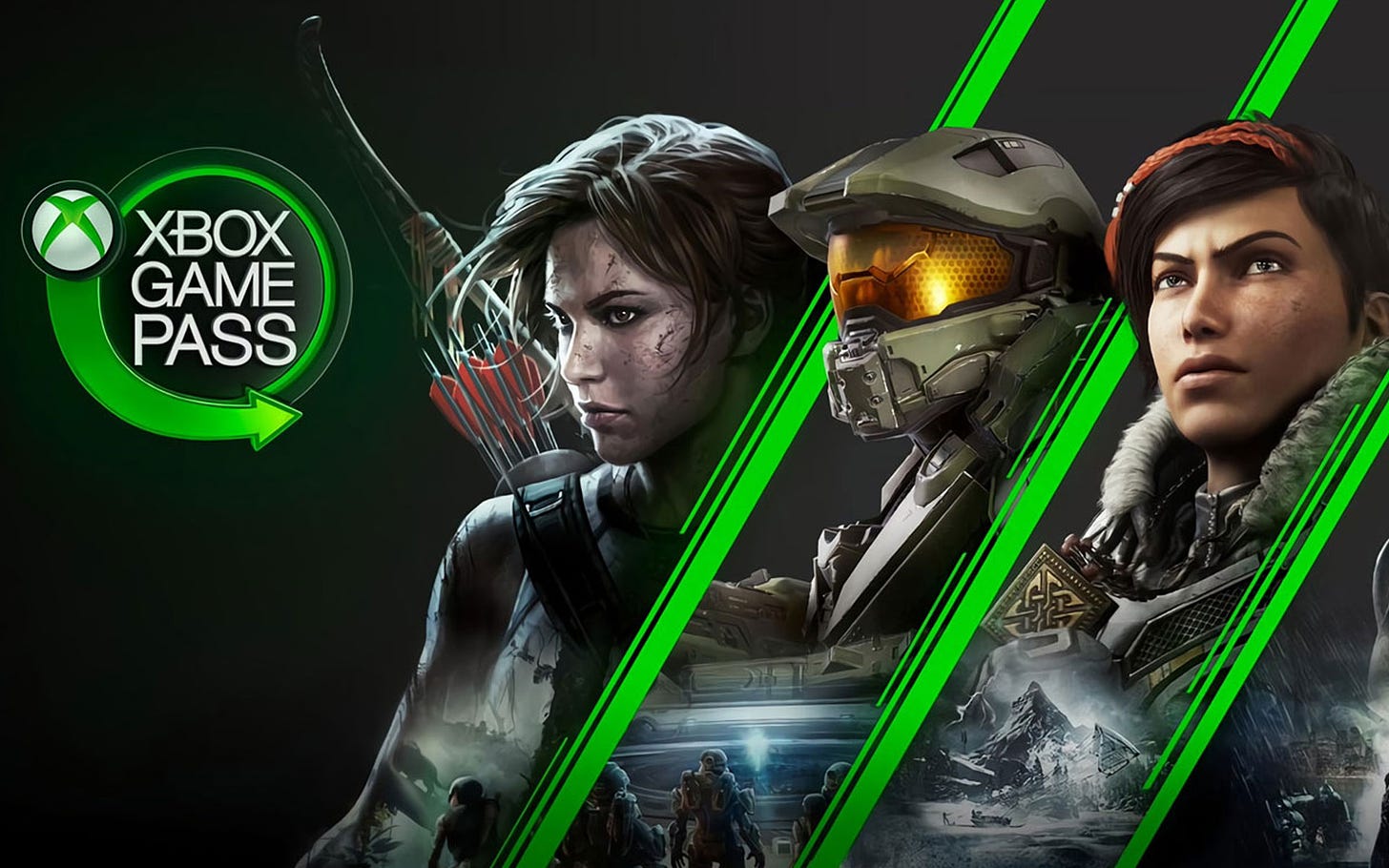
But the content situation new subscribers face with Xbox Game Pass also becomes unpleasantly Netflix-like sooner or later: they spend a few months playing all the good stuff that’s included in their subscription and then… they just wait for the start of every month for new additions to be announced. So, inevitably, there’ll be months in a year that many or even most of the new games won’t be to their liking, forcing them to just settle for playing other games they are not exactly crazy about. You know, just like watching Netflix.
Choose a delivery model, choose a system — and vice versa
The difference in the way Sony and Microsoft offer games is not just about the costs involved. It’s an almost philosophical one. Would you rather focus your attention on one specific game on any one occasion, one that you selected and bought in order to do just that, or would you prefer having lots of games to choose from whenever you feel like playing? Do you value quality over quantity, even if it costs more, or is variety and choice preferable when they also offer incredible value for money?
Microsoft and Sony are not into any kind of actual philosophical conflict, of course. They are companies accountable to shareholders and they just want to make as much money as possible with as low an investment as possible. But the way they treat games may be telling: Sony is approaching top games as top movie productions while Microsoft is approaching them as catalog additions that increase the value of a product. This is kind of forced anyway: Sony is in no financial position to just give away big, expensive productions as part of a subscription as Microsoft is. The Americans have much more money to burn and they can afford to play the long game.
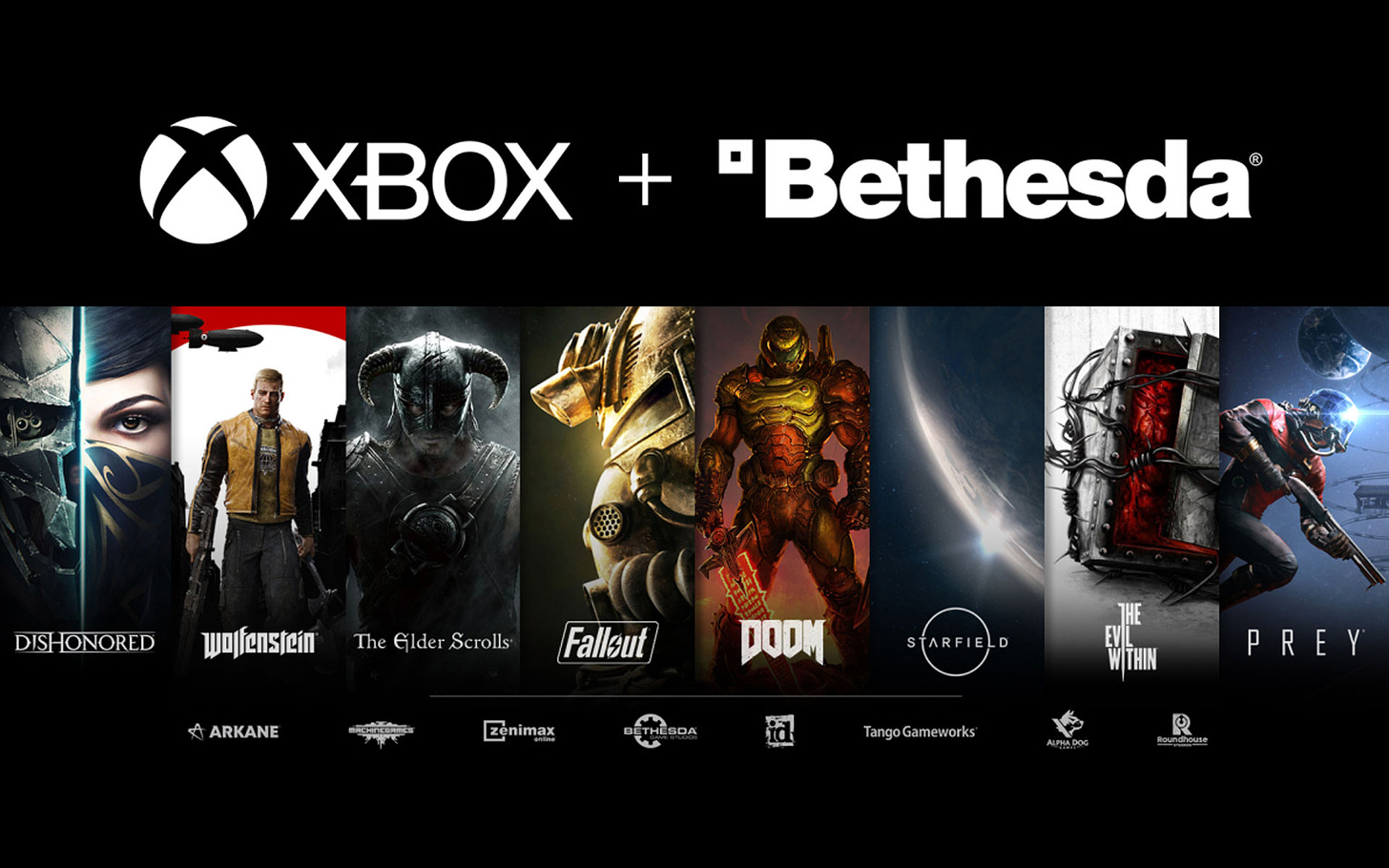
So this is how the Console Wars become the Content Wars: by choosing one home entertainment system over the other, at this moment in time one practically chooses the single-purchase model over the subscription model or the opposite (and vice versa). It makes sense to buy an Xbox if subscription-based content of maximum value for money is what’s most important to a consumer — while it makes no sense for another consumer who values quality above all else, intending to focus on specific high-profile productions. Sony has worked hard for over 20 years in order to ensure that it’s better positioned than anyone else for Hollywood-like game productions. So, for people preferring those, PlayStation it is. For now.
Things may not be so clear-cut in a few years’ time. Microsoft has acquired many development studios as of late and their output may help raise the quality bar of Xbox Game Pass in general. Game streaming from both companies, which is offered in different monetary terms right now, may play a part in all of this long-term. There’s also nothing keeping Sony from introducing a subscription service a la Xbox Game Pass at some point, although the Japanese offering their precious AAA productions through that service on launch day is still unlikely. But, right now, Hollywood gaming vs Netflix gaming is (selective) quality vs (always available) quantity — and that will be the case for the next two or three years at the very least.
So… Hollywood gaming or Netflix gaming, then?
How do consumers choose between the Hollywood of gaming and the Netflix of gaming in 2021, based on the current state of both? Well, for starters they don’t have to: while a rather costly option right now, it’s perfectly possible to enjoy both by acquiring a PS5 and an Xbox Series S|X or even a PS5 and a capable PC. Then it comes back to the games themselves: if it’s certain franchises that a player has grown fond of, exclusive to PlayStation or Xbox, then the delivery model is of no importance (as is the relevant cost). Where one’s friends are — PlayStation Network or Xbox Live — is, of course, factored in, as well as what system one preferred last time around (since both the new PlayStation and Xbox are backward compatible with their predecessors).
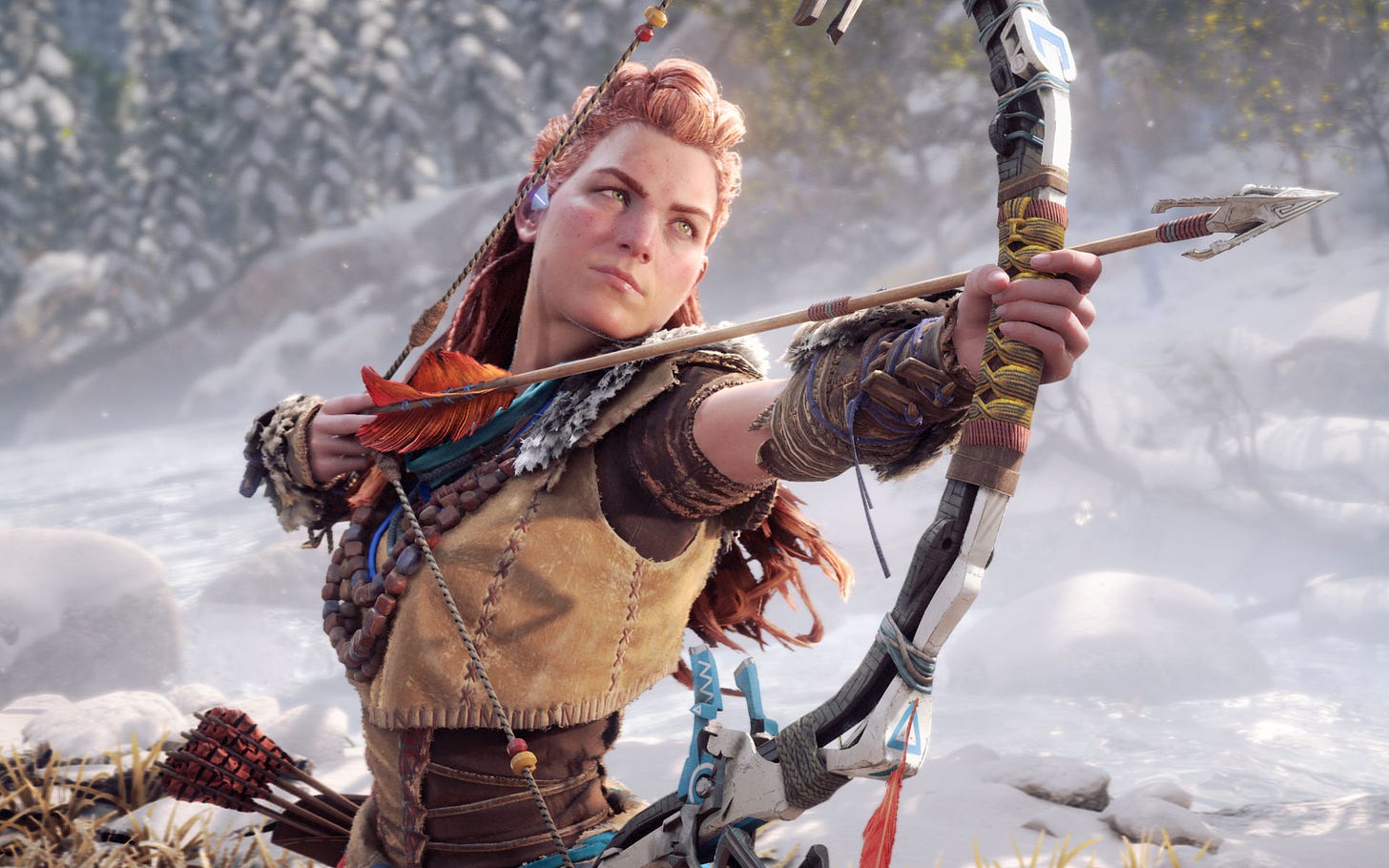
The way things are going right now for Sony and Microsoft may or may not be indicative of how all this plays out in the future: the former has sold more systems than the latter (6 million compared to 4.4 million), but the latter is approaching 20 million subscriptions across all formats, which is also impressive. In other words, both companies’ business plans are currently working out for them: Sony will get to sell $79.99 games to maybe 10 million consumers 2–3 times this year, while Microsoft will get either $120 or $180 this year from 20 million people. Both expect additional revenue from other services, peripherals and games, yes, but that is what the Content Wars come down to for Sony and Microsoft in March of 2021 — and it is obviously too early to declare a winner. On their own terms, they both are.
In some respects, though, this might just be it: we may not need a clear winner this time around, as was the case with e.g. the PS4 and the Xbox One during the last seven years. In fact, we may need the exact opposite: both Sony and Microsoft to thrive following their respective business plans, so consumers can enjoy different options in the games market as a whole. Media love the “vs” stories but, this time, by 2021 standards, consumers might be better served by two companies trying to offer two different things in the same space than by two companies trying to offer the exact same thing.
It’s not that difficult to imagine, either. The film industry has moved along nicely for almost a decade with Hollywood and Netflix co-existing happily in the minds of many consumers: having access to the latter on the living room TV did not mean that people stopped going to the cinema for the blockbuster movies they want to watch on a big screen.
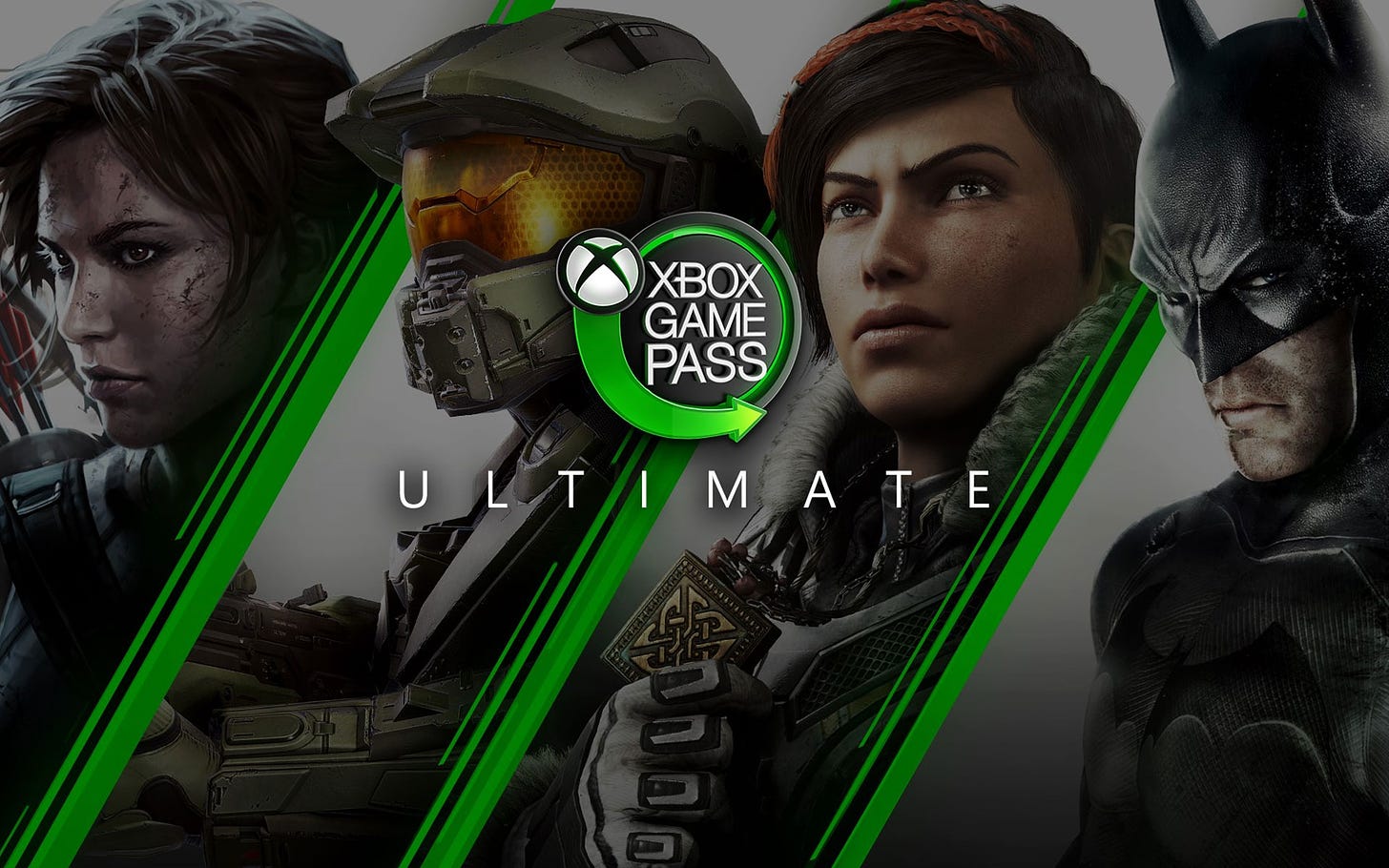
The pandemic disrupted that model, bringing forward changes that were bound to happen anyway, yes, but the delivery model games follow can be more flexible and fluid. The Content Wars can ultimately work for the gaming market and it will be interesting to see how all this pans out, say, 2023 onwards. Very interesting indeed.


